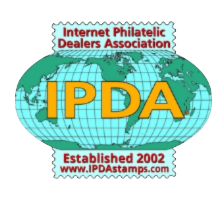Learning About Catalogs
Delve into the World of Philatelic References and Resources
for Stamp Learning.
Learning About Catalogs
Delve into the World of Philatelic References and Resources
for Stamp Learning.
Welcome, fellow philatelist! You’ve entered a world where tiny pieces of perforated paper open up vast landscapes of history, artistry, and culture. But where do you begin in this fascinating world of stamp collecting? It all starts with one indispensable tool – a stamp catalog.
As a stamp collector, you already appreciate the thrill of discovery and the joy of understanding each unique piece of your collection. Whether you’re a beginner, stepping into this captivating realm, or a seasoned collector expanding your treasure trove, a stamp catalog is your compass, guiding you through countless countries, diverse topics, and different eras. It provides you the means to identify each stamp’s origin, assess its value, comprehend its significance, and much more.
From country-specific catalogs like Scotts, Stanley Gibbons, and Michel’s, to topical catalogs that traverse unique themes like space or art masterpieces, the array of catalogs is as diverse as the world of stamps itself. And we’re here to help you navigate through it all.
Dive in, and let’s journey together into the intriguing universe of stamp catalogs. Who knows what amazing discoveries await?
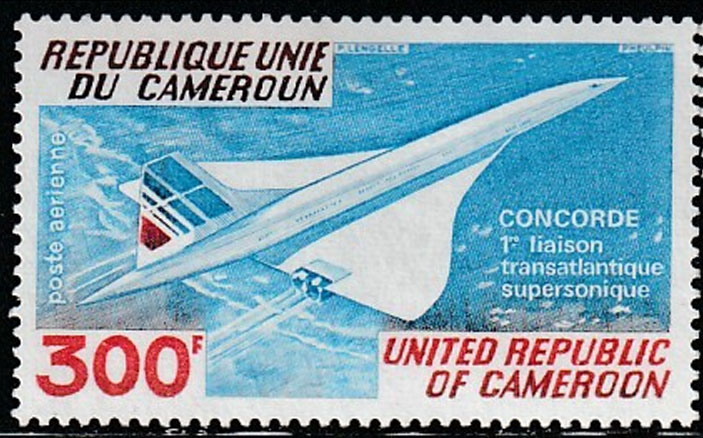
The Importance of Stamp Catalogs
The world of stamp collecting is like a vast, uncharted universe. Each stamp – a planet with its own unique story, history, and value. But how do you chart a path through this universe? How do you decode the myriad stories embedded in these tiny parcels of artistry? The answer lies in stamp catalogs. They are not just directories, but your personal guide, your encyclopedia, your storyteller.
A stamp catalog is the heart of philately, breathing life into every collector’s journey. It provides the lens through which you view your collection, allowing you to understand each stamp’s tale and worth. Without it, a stamp is merely a piece of paper. With it, that piece of paper becomes a portal to the past, a work of art, an emblem of cultural heritage, and sometimes, even a sound investment.
Hence, a stamp catalog is not just essential, it’s indispensable, illuminating your path as you navigate the captivating world of philately. It’s your key to unlocking the true treasures hidden in each stamp – turning your collection from a hobby into a chronicle of the world’s heritage. Explore the beauty of your collection with a stamp catalog, and experience the incredible richness that philately has to offer.
Country-Specific Catalogs
Country-specific stamp catalogs are like an atlas, each detailing the philatelic journey of a particular nation. With these catalogs in hand, you, as a collector, get to explore the unique narratives, artistic expressions, and historical milestones captured within the borders of each country’s stamp collection.
The Scott Catalog
This comprehensive catalog, organized into six volumes, takes you through the entirety of the United States’ philatelic history. Scotts doesn’t just cover the U.S., but also extends to associated territories, such as the U.N. and the Canal Zone. There’s also a specialized catalog that dives deep into back-of-the-book stamps, along with the Classic World Catalog, detailing stamps from the 1840s through 1940.
Stanley Gibbons Catalog
When it comes to British philately, Stanley Gibbons catalogs are akin to a royal decree. These catalogs provide in-depth coverage of British stamps, offering collectors valuable insights into the rich, multifaceted world of British stamp collections. They also feature stamps from across the globe, each categorized with Stanley Gibbons’ unique numbering system.
Michel Catalog
A cornerstone of German philately, Michel’s catalogs provide exhaustive information about German stamps and much more. They guide you through the intricate labyrinth of German philately, from classic to modern stamps, offering detailed information about each stamp’s unique features, history, and valuation.
Yvert and Tellier
These country-specific catalogs are more than just informational directories. They are the path that leads you to delve into the unique aspects of each nation’s philately, enhancing your appreciation and understanding of your collection, no matter which country it hails from. With these catalogs, your collection is not just a hobby—it’s an exploration of the world through a stamp-sized window.
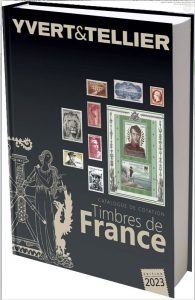
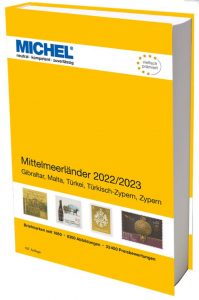
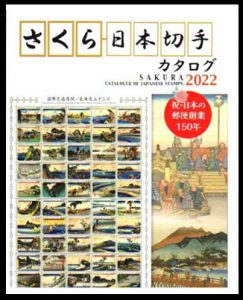
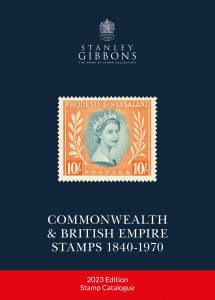

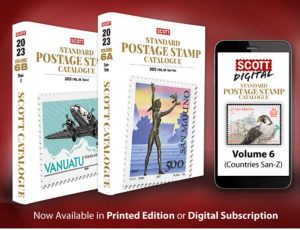

Topical Catalogs
While country-specific catalogs transport you to specific geographical realms, topical catalogs catapult you into the fascinating themes that span across borders and timelines. These catalogs are your passport to exploring the common threads that weave together the intricate tapestry of global philately.
With topical catalogs, you’re not just collecting stamps—you’re curating a theme-based narrative that reflects your unique interests and passions. It’s a testament to the beauty of philately: no matter what sparks your curiosity, there’s always a stamp—and a catalog—waiting to be discovered. So delve into the world of topical catalogs, and let your collection tell a story that’s uniquely yours.
Lollini Espace Catalog
Are you captivated by the mysteries of the cosmos? The Lollini Espace catalog is your space shuttle, journeying through the galaxy of space-themed stamps. From the first step on the moon to the latest space probe sent to Mars, this catalog captures the entirety of humankind’s celestial explorations.
Civil War Era StampsCatalog
This catalog takes you back to one of the most pivotal periods in U.S. history, the Civil War. It chronicles the stamps issued during this era, each one reflecting the sentiments, personalities, and major events of the time.
Great Britain's Queens and Kings Catalog
Traverse the royal lineage of Britain with this catalog, showcasing the rich legacy of the British monarchy as encapsulated in postage stamps.
French Art Masterpieces Catalog
France is renowned for its contributions to art, and this catalog showcases it all. Each stamp is like a miniature art gallery, capturing the essence of famous artworks and their creators.
An In-Depth Guide to using Stamp Catalogs
Using a stamp catalog may initially seem complex, but with the right guidance, you’ll find it’s your indispensable ally in the world of philately. Here’s a step-by-step guide on how to use a stamp catalog
Step 1
Familiarize Yourself with the Catalog’s Structure
Every catalog has its own organizational scheme. It could be by country, year of issuance, or topical theme. Start by understanding this structure. Look at the table of contents and familiarize yourself with the different sections.
Step 2
Identification
Identify the stamp you want to look up. This might involve determining its country of origin and year of issue, or recognizing a particular theme it portrays. Utilize the catalog’s identifiers, including images, descriptions, and language guides to assist in this step.
Step 3
Familiarize Yourself with the Catalog’s Structure
Once you have identified the basic details of your stamp, navigate to the relevant section of the catalog. This might be a specific country section, a particular year, or a topical category. Match your stamp with the images or descriptions provided.
Step 4
Understand the Stamp’s Details
Each stamp entry will be accompanied by a wealth of information. This could include its catalog number, perforation details, color variations, watermarks, and design differences. Take the time to understand these details, as they are critical in differentiating one stamp from another.
Step 5
Learn the Stamp’s Value
Next, check the catalog’s valuation for your stamp. This could be given for both mint (unused) and used stamps, indicating the condition a stamp must be in to meet the suggested price.
Step 6
Read Additional Information
Many catalogs provide extra insights into each stamp’s history, its significance, or the circumstances of its issuance. Don’t skip over this! It adds an enriching layer of knowledge to your collection.
Step 7
Document Your Findings
Once you’ve gathered all this information, make sure to document it. Whether you keep a physical logbook or a digital spreadsheet, record keeping is crucial in managing and appreciating your collection.
